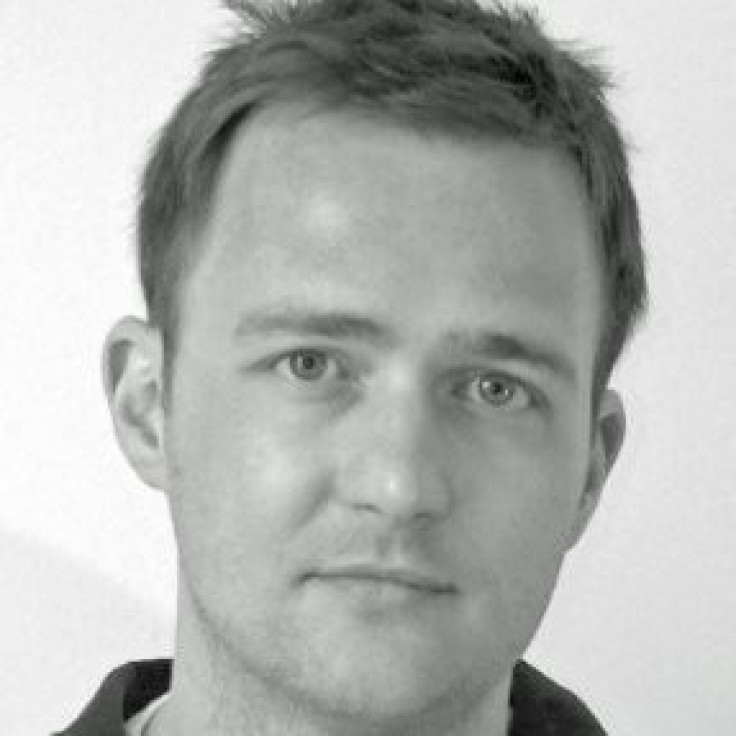Forza Horizon Developer Talks Cars, Music and Building an Open World
IBTimes chats to Playground Games director Ralph Fulton
After a lenghty hands-on at Audi's Picadilly showroom, we caught up with Forza Horizon's director of design, Ralph Fulton

IBTimes: Why use Colorado as the setting for Forza Horizon?
Ralph Fulton: We had a shopping list of things we needed from our location; we knew right from the start that we weren't going to use a fictional, generic location because that's not really Forza. Forza's about authenticity. But we needed the location to be huge, to have great driving roads - environmental diversity was key - and we wanted it to be pretty.
So we researched about 30 places around the world. It was never like: "It has to be in America", it was just a case of finding somewhere that met all of our criteria. It turned out that Colorado did, and when we sent people out there and they bought all the reference stuff back we were like: "Wow, how are we going to build this?" And, you know, we've had a stab at it.
IBT: So what's it been like trying to adapt the Forza series to a more open world?
RF: Well, first and foremost we had a great head start, getting to use technology like Forza's. But obviously the track-based racing game that Forza 4 is, is quite different from Horizon so that necessitated a lot of, quite-boring-to-learn-about technology, but nevertheless necessary in terms of streaming; in terms of making sure that whatever direction you drive in, we're loading in that bit of the world.
I mean, when you think about Red Dead Redemption, the fastest you can go is on the fastest horse and so that's the speed that they need to load in the geometry. Our players can go, like, 256 miles per hour, maybe 270 miles per hour, so that's the speed that we need to be bringing in the world - big technical challenges there.
Also, our draw distance is huge - just by the nature of using Colorado, our draw distance extends by about 20 kilometres. So, if you see something that's 20km away, you also need to be able to drive to it. But our guys just lap that sort of stuff up, because they're smart guys.
IBT: What was it like trying to build a story around a racing game?
RF: I'd almost stop short of calling it a story, because that could have negative connotations with a racing game; it's not necessarily a Mass Effect style epic we have going on, but you're right, there are characters in there and there's personality.
I think what's really crucial in a game like this is to build authenticity in the game world, to make it believable and have that humanity that you expect. And I think from that point of view it's really necessary that we have characters who you are introduced to, and a presence who guides you through the game.
IBT: And what did you want to achieve with the soundtrack?
RF: Something that a lot of us felt strongly about is that there is a link between cars and music. Whether it's in adverts, or whether it's when you're just driving and you turn the music up - there's quite a correlation there, a symbiotic relationship.
And that led to the "Horizon" festival idea, which led to Rob De Bank; and then we were really about living up to that vision of the festival as being like Bestival, and having - not necessarily the most leading edge soundtrack, as in it's all stuff from the last two months - but a festival soundtrack.
So, you've got really current stuff in there, but then you've got New Order: At festivals you get that breadth of stuff that you don't really get on Radio One. It all came from the festival idea, and the festival came from us all talking about our driving experiences.
© Copyright IBTimes 2024. All rights reserved.






